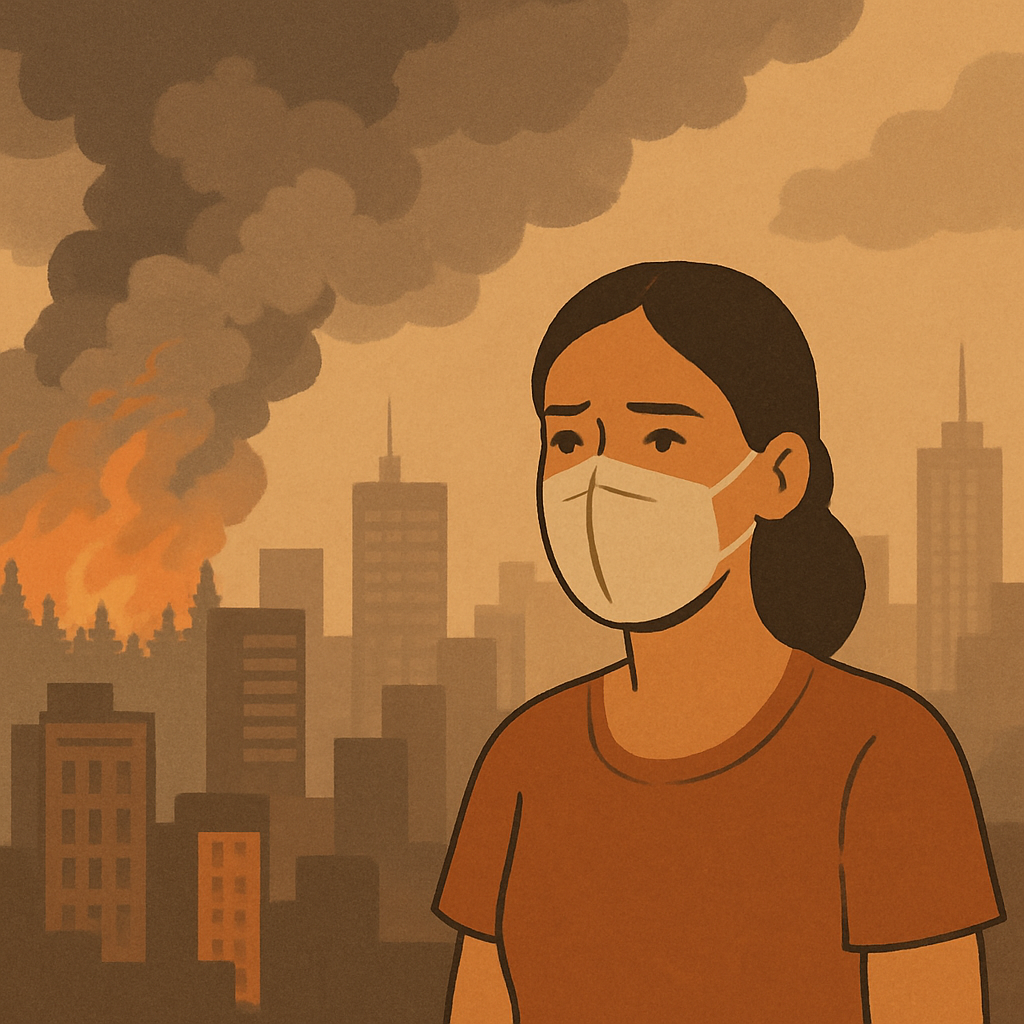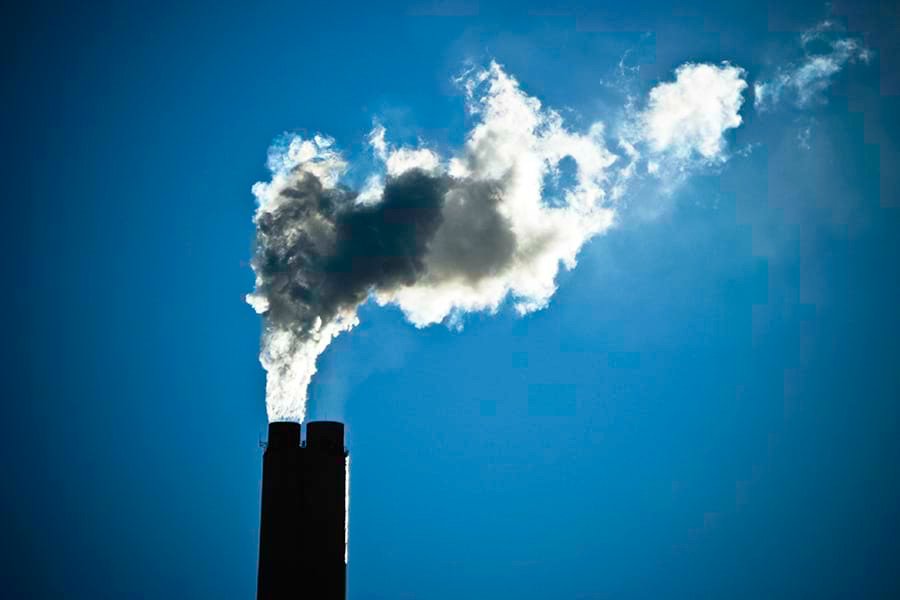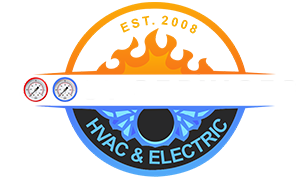Air quality is a crucial factor in maintaining our health and well-being. Unfortunately, due to various factors like wildfires, industrial emissions, and vehicular pollution, air quality can fluctuate significantly, often reaching levels that are harmful to health. The impact of Poor AQI is not just a concern for those with pre-existing health conditions but can affect anyone, causing respiratory and cardiovascular issues. Understanding the Air Quality Index (AQI) and how to stay safe during poor air quality conditions is essential, especially in areas like Palm Springs, Los Angeles, and the Bay Area, where air quality issues are common.

Table of Contents
Understanding the Air Quality Index (AQI)
The AQI is a standardized system used to measure and report air quality. It reflects the concentration of pollutants in the air, such as ground-level ozone, particulate matter (PM2.5 and PM10), carbon monoxide, sulfur dioxide, and nitrogen dioxide. These pollutants can originate from various sources, including industrial activities, vehicle emissions, and natural events like wildfires. The AQI scale ranges from 0 to 500, with higher values indicating poorer air quality and greater health risks. Understanding this scale helps individuals and communities make informed decisions to protect their health.
AQI Categories
- Good (0-50): Air quality is considered satisfactory, and air pollution poses little or no risk. This level is ideal for outdoor activities, ensuring minimal exposure to pollutants.
- Moderate (51-100): Air quality is acceptable; however, there may be a risk for some people, particularly those who are unusually sensitive to air pollution. During this level, it’s wise for sensitive individuals to limit prolonged outdoor exertion.
- Unhealthy for Sensitive Groups (101-150): Members of sensitive groups may experience health effects. The general public is not likely to be affected, but it’s a signal for those with respiratory or heart conditions to reduce outdoor activities.
- Unhealthy (151-200): Everyone may begin to experience health effects; members of sensitive groups may experience more serious health effects. It’s advisable to limit outdoor activities and seek indoor environments with clean air.
- Very Unhealthy (201-300): Health alert: everyone may experience more serious health effects. This level often leads to public health advisories, suggesting people remain indoors.
- Hazardous (301-500): Health warnings of emergency conditions. The entire population is more likely to be affected, and emergency protocols may be activated to protect public health.
Causes of Poor Air Quality

Several factors can lead to poor air quality in California and other parts of the United States:
Wildfires
Wildfires are a significant source of air pollution, particularly in California. Smoke from wildfires contains a mixture of gases and fine particles from burning trees, plants, and buildings. These particles can penetrate deep into the lungs, causing respiratory issues and exacerbating existing health conditions. Wildfire smoke can travel long distances, affecting air quality in areas far from the actual fires, impacting regions that may not have the resources to deal with sudden drops in air quality.
Industrial Emissions
Industries release a variety of pollutants into the air, including sulfur dioxide, nitrogen oxides, and particulate matter. These emissions contribute to smog formation and can significantly degrade air quality, particularly in urban and industrial areas. The impact is not only local but can also affect surrounding communities as pollutants are carried by winds. Regulations exist to limit these emissions, but enforcement and compliance vary, leading to persistent air quality issues in some areas.
Vehicular Pollution
Vehicles are a major source of air pollution in urban areas. Exhaust emissions contain pollutants such as carbon monoxide, nitrogen oxides, and hydrocarbons. Traffic congestion and the high number of vehicles in cities like Los Angeles exacerbate air quality issues. Urban planning and the promotion of public transportation and electric vehicles are essential to mitigating this source of pollution. However, the transition to cleaner transportation options can be slow, requiring both policy intervention and public willingness to change commuting habits.
Tips for Staying Safe During Poor AQI

When air quality is poor, it’s important to take precautions to protect your health, especially if you live in areas frequently affected by air pollution like Palm Springs or Los Angeles. These regions often experience fluctuations in air quality due to their geographical and industrial characteristics, making it essential for residents to stay vigilant.
Monitor Local Air Quality Reports
Stay informed about the air quality in your area by checking local AQI reports. Websites like AirNow provide up-to-date information about air quality in cities across the United States, including Palm Springs, Los Angeles, and San Francisco. Many local news stations and weather apps also integrate AQI updates, providing alerts when air quality reaches unhealthy levels. Knowing the air quality in your area can help you make informed decisions about outdoor activities and plan your day accordingly.
Limit Outdoor Activities
On days when the AQI indicates unhealthy air quality, try to limit your time outdoors. Engaging in physical activities outdoors during these times can increase your risk of inhaling harmful pollutants. If you need to be outside, plan outdoor activities for times when air quality is better, such as early in the morning. This is often when pollutants have settled and air quality may be slightly improved. Reduce strenuous activities that can increase your breathing rate and exposure to pollutants, as this can exacerbate health issues.
Keep Indoor Air Clean
To maintain good air quality indoors, keep windows and doors closed during poor AQI days. This helps prevent outdoor pollutants from entering your home. Use air purifiers with HEPA filters to remove fine particles from the air. These devices are particularly effective at trapping small particles that can be harmful to health. Ensure your HVAC system is well-maintained and consider upgrading filters to ones that capture more pollutants. Regular maintenance of these systems can greatly enhance their efficiency in cleaning indoor air.
Use Masks
If you must be outside during poor air quality, wearing a mask can help reduce your exposure to pollutants. Masks that are designed to filter out small particles, such as N95 respirators, are more effective than cloth masks at protecting against air pollution. While not foolproof, these masks can significantly reduce the amount of harmful particles you inhale. It’s important to ensure that masks fit properly and are replaced regularly to maintain their effectiveness.
Create a Clean Air Space
Designate a room in your home as a clean air space by using an air purifier and keeping doors and windows closed. This room can provide a safe haven during periods of extremely poor air quality. Consider using additional measures such as sealing gaps around windows and doors to further reduce the infiltration of outdoor air. Spending time in this space can minimize your exposure to harmful pollutants and provide a respite during high AQI days.
Stay Hydrated and Healthy
Drink plenty of water to help your body cope with air pollution. Staying hydrated helps your body process and eliminate toxins. Maintain a healthy diet rich in antioxidants to support your immune system, as these nutrients can help combat the oxidative stress caused by pollutants. If you have respiratory conditions or other health concerns, consult with your healthcare provider for personalized advice. They may recommend additional precautions or treatments to help manage your health during periods of poor air quality.
Conclusion
Poor air quality can have significant health impacts, but by staying informed and taking proactive measures, you can protect yourself and your loved ones. Awareness and preparation are key to minimizing the risks associated with poor air quality. At BOOST SERVICES, we’re committed to helping our community breathe easier by providing top-notch HVAC solutions that ensure clean and healthy indoor air. Our team is dedicated to ensuring that your indoor environment remains a safe haven, even when outdoor air quality is compromised.
For expert HVAC services in Pasadena and surrounding areas, contact BOOST SERVICES at 818-277-5056 or 747-264-6358. We’re here to serve you quickly and efficiently, ensuring your comfort and safety during poor air quality days. Our professionals are ready to assess your current systems and offer solutions tailored to your needs, ensuring that you and your family can enjoy cleaner air all year round.
Stay safe and breathe easy!
FAQ — Poor AQI
What does “Poor AQI” mean?
“Poor AQI” indicates unhealthy air quality levels caused by pollutants such as fine particulate matter (PM2.5), ozone, smoke, or dust. Sensitive groups should limit exposure, and everyone should reduce outdoor activities when AQI is high.
How can I quickly protect myself when the AQI is poor?
Limit outdoor activity, stay indoors with windows closed, use an HVAC system or portable HEPA purifier, wear a well-fitted N95 respirator if you must go outside, and avoid activities that generate indoor pollution.
What indoor steps reduce exposure to polluted air?
Try the following:
- Close windows and exterior doors
- Run central HVAC on recirculation with a clean, higher MERV filter
- Use portable HEPA purifiers in rooms you occupy most
- Avoid burning candles, incense, or smoking indoors
- Cook with exhaust ventilation or choose no-cook options
Which air filter should I use during poor AQI days?
Use a clean HVAC filter with an appropriate MERV rating your system can handle (often MERV 11–13 for many homes). Replace more frequently during prolonged smoke or dust events to maintain airflow and filtration.
Do portable air purifiers help with smoke and PM2.5?
Yes. Choose devices labeled HEPA or H13/H14 and sized for your room’s square footage. Run them continuously on a higher setting during events and keep doors and windows closed for best results.
What should I do if I need to go outside?
Minimize time outdoors, avoid strenuous activity, and wear a well-fitted N95 or equivalent respirator. Plan errands when AQI briefly improves and choose routes away from heavy traffic or smoke plumes.
Is it safe to exercise outside when the AQI is poor?
It is better to move workouts indoors. If you must exercise outside, shorten the duration and intensity, and use a respirator. People with asthma, heart, or lung conditions should avoid outdoor exertion entirely.
How can I keep my car cabin air cleaner?
Use recirculation mode with windows up, make sure your cabin air filter is clean and upgraded if possible, and avoid tailpipe-heavy routes. Do not idle your car for ventilation.
What symptoms suggest the air quality is affecting me?
Watch for coughing, sore throat, shortness of breath, chest tightness, headaches, dizziness, or eye irritation. If symptoms worsen, reduce exposure and seek medical advice as needed.
How can I protect children, older adults, and people with health conditions?
Keep them indoors in the cleanest room with a HEPA purifier, ensure quick access to medications (such as inhalers), and consult healthcare providers about action plans during smoke or smog events.
What is a “clean room,” and how do I set one up?
A clean room is a sealed indoor space with improved filtration. Choose a bedroom or living room, close doors and windows, run a HEPA purifier continuously, and minimize indoor pollutant sources.
Should I ventilate or open windows when AQI is poor?
Generally no. Keep windows closed to prevent polluted air from entering. Ventilate briefly only if indoor pollutants build up, and time it for moments when outdoor AQI temporarily improves.
Can DIY box-fan filters help?
Yes, as a temporary measure. Attach a properly rated filter securely to a box fan and run it in a closed room. Monitor the fan for heat, keep away from children and pets, and replace the filter as it loads with dust.
How do I reduce indoor pollution while AQI is poor?
Avoid smoking, candles, incense, strong cleaning sprays, and pan searing. Use bathroom and kitchen exhaust fans briefly, and consider induction or microwave cooking instead of high-heat gas cooking.
How do I clean my home after a smoke or dust event?
Replace HVAC and purifier filters, wet-dust surfaces, vacuum with a HEPA vacuum, and wash textiles exposed to smoke. Ventilate once the AQI improves to acceptable levels.
Where can I check current AQI levels?
Use reliable AQI apps or websites for your location. Enable alerts so you can adjust activities quickly as conditions change.
How can I prepare for future poor AQI events?
Keep spare HVAC and purifier filters on hand, maintain your equipment, identify a clean room, store N95 respirators, and set up AQI alerts to act early when pollution spikes.

